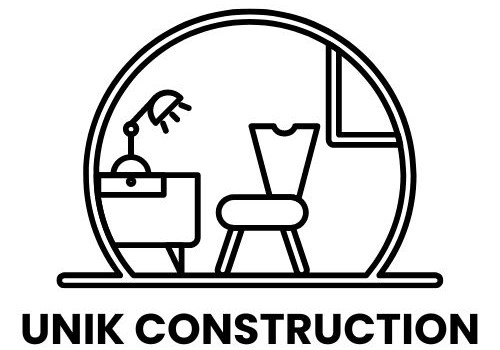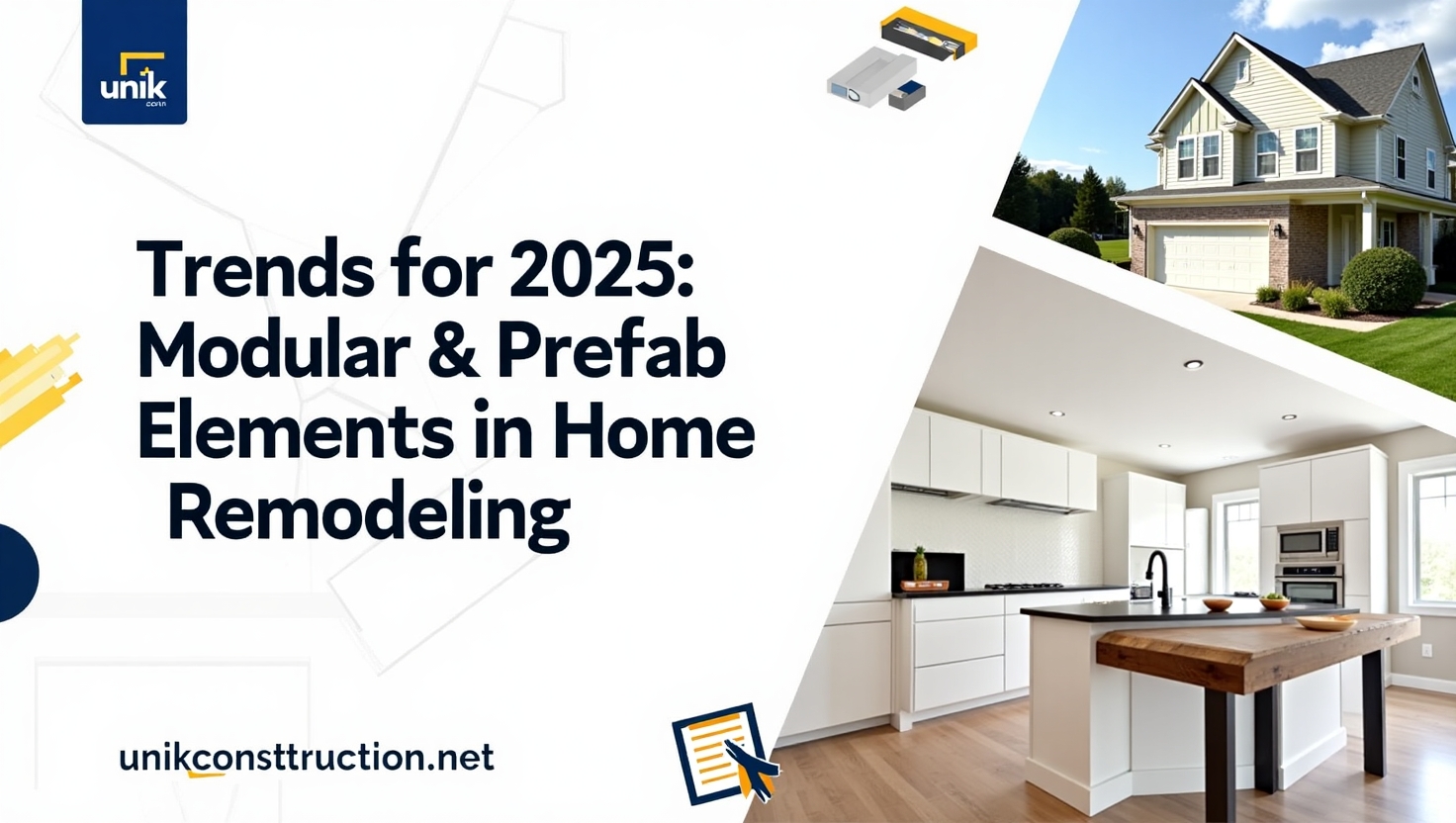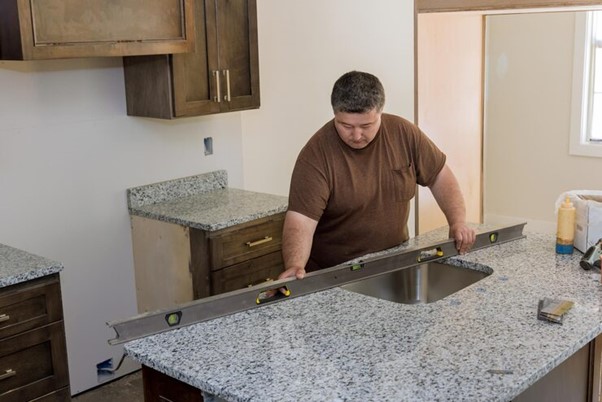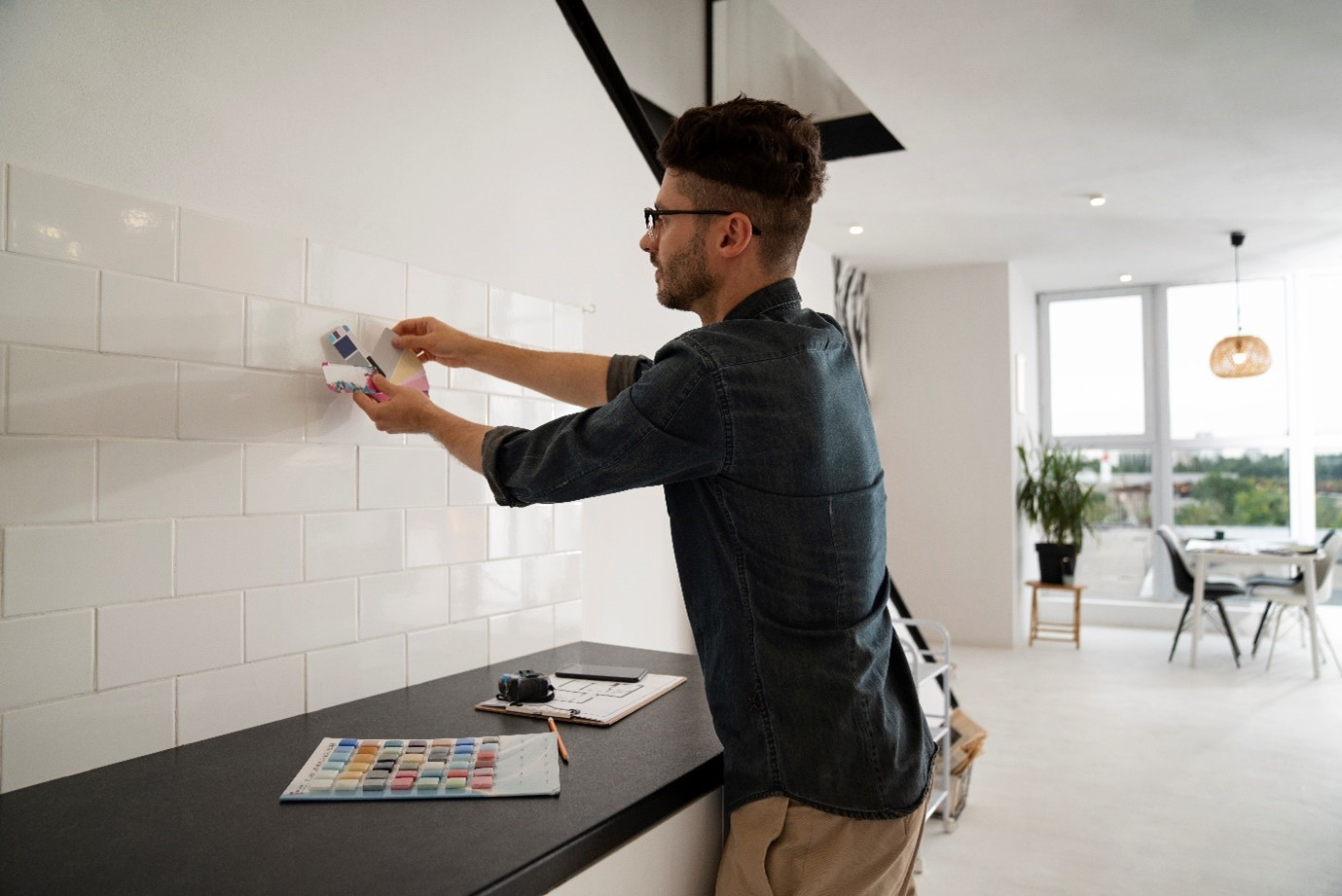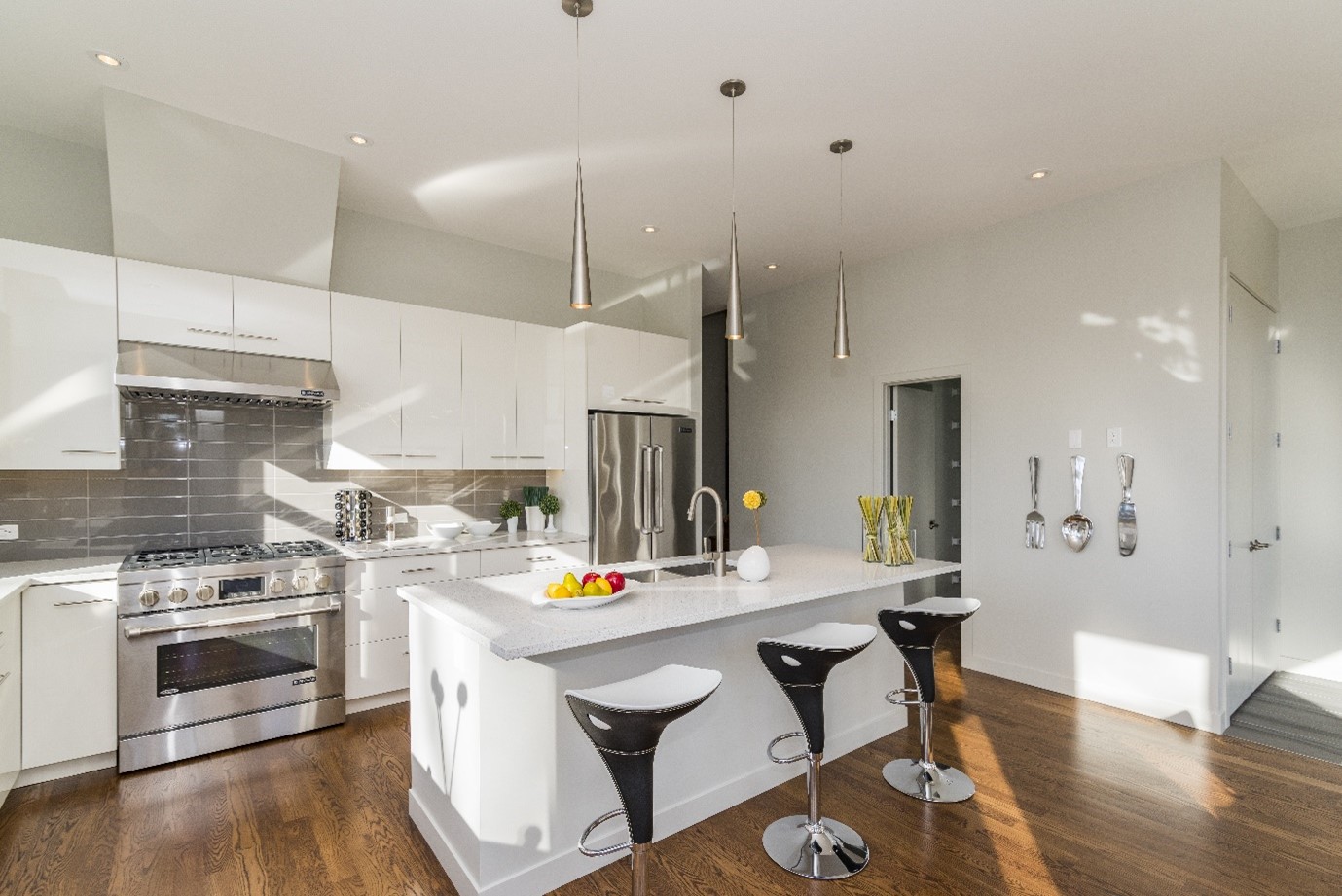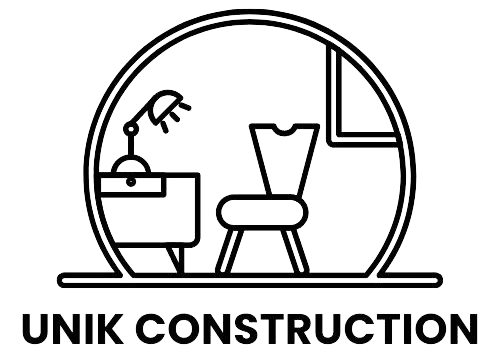Home remodeling is now changing quickly, and 2025 is set to be the year of modular and innovation. Whether you’re updating a room, adding more space, or thinking about your home’s layout, prefab elements offer a faster, greener, and more flexible solution.
The rise in modular remodeling is driven by climate concerns, budget-conscious owners, and new building technologies. Trends for 2025 show a clear shift toward smarter, more adaptable, and eco-friendly solutions.
This guide will cover key trends, from sustainable materials to factory-built systems, and why these ideas are more than just trends; they are becoming the new standard. If you’re a homeowner, contractor, or designer, modular remodeling trends can help you stay ahead.
Table of Contents
ToggleSustainability & Eco-Friendly Materials
One of 2025’s top remodeling trends is a strong focus on sustainability. Modular and prefab systems now often use recycled steel, cross-laminated timber (CLT), and low-VOC materials. These choices lead to cleaner indoor air and a smaller environmental footprint.
Prefab remodeling isn’t just about speed; it’s about reducing waste. Since modular parts are built off-site with precision, there is far less leftover material. Minimal wastage means low costs and a smaller impact on landfills.
Energy efficiency is another key trend. Modern prefab homes come with features like solar panels, smart insulation, and Energy Star–rated windows. Some systems also include rainwater harvesting and green roofs.
Eco-conscious design is also trending in style these days. Natural materials like bamboo, reclaimed wood, hempcrete, and cork are being used more in remodeling. These materials offer both beauty and sustainability.
Incorporating these elements not only helps the environment but also lowers energy bills.
Smart Technology Integration
Today’s homes are getting smarter; features like smart lighting, voice-controlled thermostats, and automated blinds are now often included from the start.
Instead of adding these after construction, builders now install them during the factory phase. This approach saves time, lowers costs, and ensures everything works together seamlessly.
Advanced tools like Building Information Modeling (BIM) and digital twins help plan and monitor every step. Prefab homes can be equipped with smart fridges, home security apps, and predictive maintenance systems that alert you to issues before they become problems.
Smart tech isn’t an upgrade anymore, it’s expected. From pre-wired systems to integrated solar inverters, modular remodeling offers more than just a new look; it brings your home into the future.
Customization & Flexible Design
In 2025, prefab no longer means one-size-fits-all. Modular remodeling now allows for highly personalized and flexible designs.
Hybrid modular systems let you mix and match styles. Want a sleek, modern kitchen and a cozy, rustic bedroom, now you can have both. Need a nursery that can become an office later, movable walls and smart furniture make it easy.
Many homeowners prefer semi-open layouts that balance openness with privacy. Prefab panels can create zones for work, relaxation, or play, without feeling cramped.
Customization can go deep—from flooring and lighting to cabinetry and ceiling height. Since everything is assembled with precision off-site, these details are completed with high quality.
Whether you’re renovating a small home or expanding a larger one, modular designs can reflect your style while staying functional and efficient.
Speed, Efficiency & Factory Advances
Modular remodeling in 2025 is much faster than traditional methods. Projects can be completed 30–50% quicker thanks to factory-built components.
Why is it faster? Because your home’s parts are made in a factory, while the site is being prepared. That means no weather delays or scheduling problems.
Smart factories use robotics, CNC machines, and even 3D printing for precise construction. This results in better quality and fewer mistakes.
Another major advantage is just-in-time delivery. Prefab pieces arrive when they’re needed, reducing storage issues and keeping the worksite clean.
In today’s busy world, homeowners want speed without losing quality, and modular remodeling delivers both.
Modular High-Rise & Multi-Unit Remodeling
Prefab remodeling isn’t just for single homes. In many places, it’s being used to upgrade apartments, high-rises, and urban housing.
Developers can add new floors or units without disturbing current residents. Entire sections of buildings can be lifted into place in a matter of days.
These advancements are addressing housing shortages by enabling quicker and more efficient construction.
Challenges & Regulations
Even with its benefits, modular remodeling faces some challenges. The biggest issue is dealing with different local building codes. Not all areas are ready for factory-built homes.
Regulations on fire safety, moisture, and energy must be followed, and in some places, prefab construction still carries outdated myths.
Some cities require extra inspections or longer wait times for permits. But there’s also good news: many governments are updating their rules to support prefab construction.
To avoid issues, work with certified builders and check for ICC certification or membership in prefab regulatory groups.
Future Outlook
The future looks good for modular remodeling. Experts predict up to 25% of new homes will be prefab by 2030.
With demand rising for smart, sustainable, and customizable housing, modular construction is only going to grow. Innovations in Asia and Europe are influencing American markets, bringing fresh ideas and technology.
If you’re planning a remodel, prefab should be at the top of your list. The future isn’t coming—it’s already here.
Conclusion
The year 2025 signals a major shift in home remodeling, with modular and prefab solutions leading the way. From eco-friendly materials to integrated smart technology and adaptable layouts, these innovations deliver faster builds, higher quality, and greater value.
If you’re planning a remodel, now is the perfect time to embrace the ease and efficiency of modular design. Take the time to explore your options and partner with a builder who truly understands the power of prefab.
Visit Unikconstruction to learn more or get started today.
FAQs (Frequently Asked Questions)
Q1: What is modular remodeling?
Modular remodeling uses prebuilt parts made off-site, then assembled at your home. It’s faster and more efficient than traditional methods.
Q2: Are prefab elements suitable for existing homes?
Yes. Prefab additions and upgrades can work with your current layout using hybrid systems.
Q3: How do modular additions impact cost and timeline?
They usually reduce both by 20–50% by saving time and labor.
Q4: Can I customize finishes and layout?
Absolutely. You can choose the materials, layout, and design that suit your style.
Q5: What safety or regulatory issues should I be aware of?
Always follow local codes and work with licensed, certified builders.
